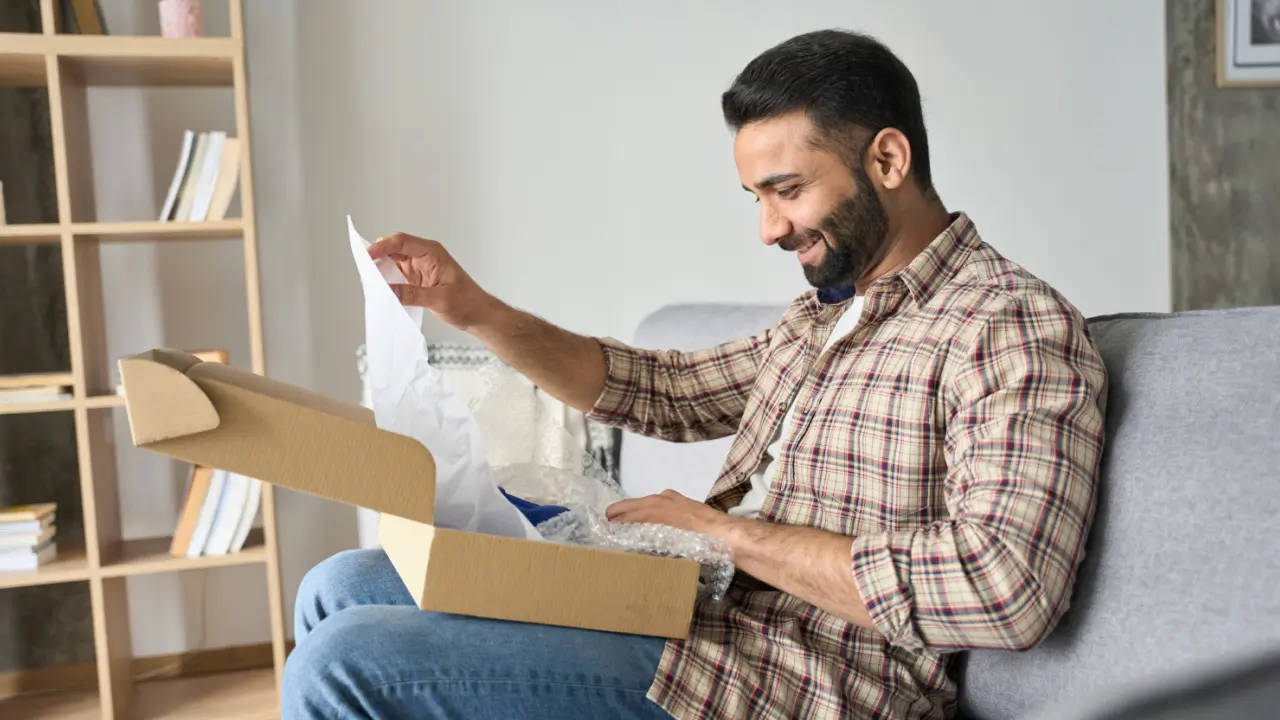
Welcome to a world where your home transforms into a research laboratory! A world where companies tap into the very environment where consumers will use their products. This is the intriguing realm of in-home product testing. This strategy plays a pivotal role in understanding consumer preferences, their experience with articles, and, most importantly, their purchasing decisions. It’s all about building a relationship with the consumers, extending beyond mere business transactions.
The narrative of a brand, the quality of its products, or even its community reputation, all influence buyers decisions. However, there’s no substitute for direct, firsthand experience. When consumers participate in in-home product testing, they can experience them and provide real-time feedback. This feedback is the lynchpin that can change the course of their duct development and marketing strategies.
Understanding In-Home Product Testing

In-home product testing is a research methodology that companies use to gather consumer insights and preferences. Instead of relying on controlled laboratory settings, businesses send their articles to participants’ homes, thereby ensuring authentic user experiences.
Different methods can be utilized for in-home testing. Sampling programs are quite popular, providing them with small quantities of the substance for testing. Beta testing is another approach, typically for software products, where users test a nearly finished item, identify bugs, and provide feedback on usability. Regardless of the method, the focus remains on understanding the consumer’s experience in a real-world setting.
Benefits of In-Home Product Testing
Why should consumers invest their time in product testing? For one, they get the opportunity to try out items before they hit the shelves, sometimes even for free! More importantly, their feedback can shape the future of the product, giving them a say in the product development process.
For companies, in-home testing is a treasure trove of insights. It allows them to see their article through the eyes of the buyer, identify any issues or improvements, and foster brand loyalty. After all, a consumer who has had a hand in shaping a product is likely to feel a stronger connection to the brand.
Influence on Consumer Trust and Confidence

In-home product testing is a two-way communication channel, building consumer trust and confidence. It sends a strong message that companies value their feedback and are willing to invest in creating articles that meet their needs.
For consumers, positive reviews and experiences from peers go a long way in influencing purchasing decisions. It adds a layer of social proof, making them feel more confident in choosing a product that has been tried, tested, and vouched for by fellow consumers.
Types of In-Home Product Testing Programs
Companies use various types of programs for in-home product testing. Online review platforms offer a space for consumers to share their experiences and rate them. Sampling campaigns, where they receive small quantities of the named item for trial, are an effective way to test consumer response before full-scale production. Beta testing initiatives are commonly used for software, where early users help identify bugs and provide usability feedback.
Each program serves a unique purpose but all share a common goal – understanding their needs and preferences to improve products.
Participation and Selection Process

So, how can consumers participate in in-home testing? The process is generally straightforward and accessible. Consumers can easily sign up on the company’s designated testing platform, providing their relevant information and preferences through a profile.
This enables companies to gain a better understanding of their demographics and tailor their testing programs accordingly. When it comes to the selection process, companies prioritize diversity.
By including a broad spectrum of consumers with diverse backgrounds and preferences, companies ensure that the feedback collected represents a wide range of perspectives. This diverse feedback is invaluable in helping the company cater to a wider market and deliver items that resonate with a diverse buyer base.
Consumer Feedback and Impact
Consumer feedback is the driving force behind successful product development. In-home testing offers companies a valuable opportunity to receive raw, unfiltered feedback directly from them, enabling them to gain deep insights that can shape not only item features, packaging, and marketing strategies, but also the overall customer experience.
From innovative design enhancements to targeted messaging that resonates with consumers, some of the most successful items in the market today owe their continued success and customer satisfaction to the invaluable feedback obtained through rigorous and insightful in-home testing processes.
Ethical Considerations in In-Home Product Testing

In-home product testing must be conducted ethically. Transparency is key, as consumers need to know exactly what they are signing up for. Privacy is also a top concern; any data collected must be securely stored and only used for the stated purpose.
Companies have a responsibility to ensure fair representation in their testing programs, taking care to avoid bias and to include a diverse group of testers.
Case Studies of Successful In-Home Product Testing
Numerous case studies testify to the power of in-home product testing. Companies like Procter & Gamble, Unilever, and Philips have all leveraged it to great effect, driving innovation and influencing consumer choices in their favor. These stories illuminate the tremendous impact that well-conducted testing programs can have on product success.
Empowerment and Engagement

In-home product testing is a potent tool for consumer empowerment. It gives consumers a voice and a sense of ownership in the article development process. Social media and online communities play a crucial role in amplifying this feedback, engaging more consumers in the conversation, and building a vibrant, interactive community around the product.
The Future of In-Home Product Testing
The future is bright for in-home product testing. Emerging technologies like virtual reality, augmented reality, and IoT devices are poised to enhance consumer testing experiences. Imagine trying out a new couch in your living room using augmented reality or providing real-time feedback on a smart device through an IoT platform! These are exciting times indeed.
Conclusion

In-home product testing is a powerful tool that is reshaping consumer choices and the marketplace. By fostering a more consumer-centric approach, it is creating a win-win situation for buyers and businesses alike.
So, why not become a part of this exciting journey? Participate in an in-home product testing program and leverage your voice to shape the products you bring into your homes. After all, it is in your hands to make your “home sweet lab” and help companies serve you better.












